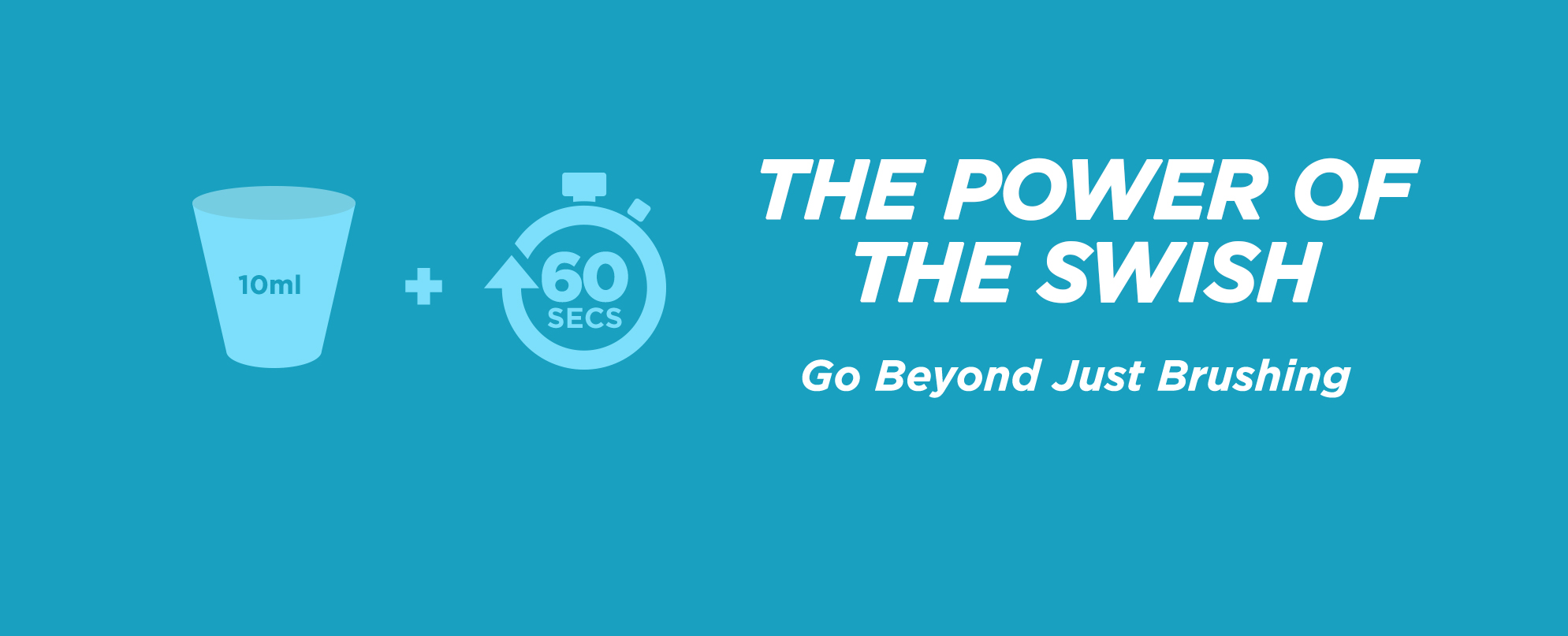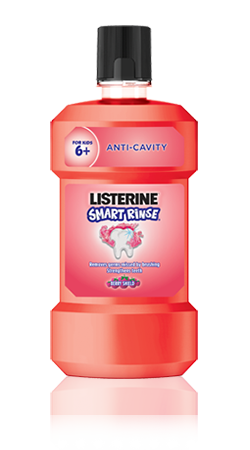Tooth Decay In Children
Getting your child’s smile off to the right start can impact their oral health as an adult
What are the causes of tooth decay in children?
Many children are susceptible to tooth decay that seems to get worse once it starts. Knowing what causes tooth decay in children and how to keep your child from getting cavities will keep your cost of dental care down as well as help your child have a smile that lasts a lifetime.
Watch what your child eats and drinks
A lot of parents think that lollies are the culprit when it comes to children developing cavities, but that’s not always the case. Pay close attention to what your child eats and drinks on a regular basis, as well as how frequently they consume snacks. Eating or drinking frequently throughout the day will increase the amount of exposure time that acidic plaque has on the teeth, making them develop more cavities than children who only eat or snack at certain times a day. Liquids are especially harmful, as they coat the entire tooth and deposit acidic bacteria in the deep pits or grooves of the teeth. Frequently consuming sports drinks, juices, milk, or soft drinks throughout the afternoon can dramatically increase the amount of cavities that your child develops over the course of time.
Encourage your child to drink fluoridated water between meals. Not only does water naturally cleanse the teeth, it will reduce acid levels and encourage proper tooth development.
Medical conditions linked with cavities
Certain types of medical conditions may also increase your child’s susceptibility to developing tooth decay. For instance, chronic allergies may result in mouth breathing. Mouth breathing causes a reduction in salivary flow, which is directly linked to an increase in dental cavities in children. Children on certain types of medication, such as inhalers used for asthma can also suffer from increased tooth decay due to exposure to the medication.
Assist your child with their oral care routine
Unless your child is able to tie their own shoes, he or she does not have the level of dexterity that is needed to fully remove plaque from the teeth in an effective manner. Encourage your child to brush and floss twice a day, but follow up behind them to remove what is left. Slowly, children will become better at keeping their own teeth clean you will be able to reduce the amount of intervention that is needed. Even one area that is regularly missed by brushing or flossing can cause enamel to demineralize and develop into a cavity.
Implement a fluoride rinse
Even if your child has excellent oral hygiene, their weaker tooth enamel may make them prone to developing cavities. Adding a fluoride mouthwash to their oral hygiene routine can help strengthen tooth enamel so that it is more resistant to tooth decay. In liquid form, fluoride is able to target areas that aren’t easily accessed by brushing. In fact, it can even help re-mineralise areas that are beginning to form the earliest stages of cavities. Fluoride in liquid form should only be used by children aged 6+.
Ask your dentist about preventive sealants
Dental sealants are a preventive treatment that makes it easier to keep teeth clean and limits the ability of cavities to develop. Sealants take only a few minutes to apply (no anaesthetic is needed) and they can usually be completed at your child’s routine dental visit.
See your dentist regularly
Pediatricians and dental professionals recommend that your child has their first dental check-up no later than their 1st birthday and every 6 months after. Early care and prevention can identify problems like cavities in their earliest stages, preventing tooth decay from progressing. Preventive care and minimally invasive dentistry will help create a positive outlook for your child in regard to how they view going to the dentist.



